Kruger National Park, one of Africa’s largest and most renowned wildlife sanctuaries, spans nearly 2 million hectares across South Africa’s northeastern regions. Established in 1898, this iconic park offers an unparalleled safari experience, hosting an impressive array of wildlife including the Big Five – lions, leopards, elephants, rhinoceros, and buffalo. The park’s diverse ecosystems, ranging from dense woodland to open savanna, support over 147 species of mammals, 507 species of birds, and 336 species of trees. With its rich biodiversity, state-of-the-art conservation efforts, and world-class facilities, Kruger stands as a testament to Africa’s natural heritage.
Location

Photo: Dietmar Rabich / Wikimedia Commons
Kruger National Park is located in northeastern South Africa, spanning two provinces: Mpumalanga and Limpopo. The park stretches along the border of Mozambique in the east and Zimbabwe in the north. It’s approximately a 5-hour drive from Johannesburg, with several entrance gates accessible via well-maintained roads. The park covers an area of 19,485 square kilometers.
How To Reach

Photo: viarami / Pixabay / Image For Representation Only
There are many options of getting to the Kruger National Park such as by air, bus shuttle or by road.
By Air: The main airports serving Kruger National Park are Kruger Mpumalanga International Airport (KMIA/MQP) in Nelspruit, Skukuza Airport (SZK) inside the park and Phalaborwa Airport (PHW) near the park’s central region The most convenient option is flying to Skukuza Airport, which is located within the park itself.
By Road: You can rent a car at KMIA, Hoedspruit, Phalaborwa, or Skukuza Camp. You can also rent a car in major towns in South Africa.
Bus Shuttle: Private Connections offers a shuttle service from KMIA to the park that takes about 1 hour and 20 minutes.
Places To Visit Around Kruger National Park
Here are the list of places to visit around Kruger national park:
1. Blyde River Canyon Nature Reserve
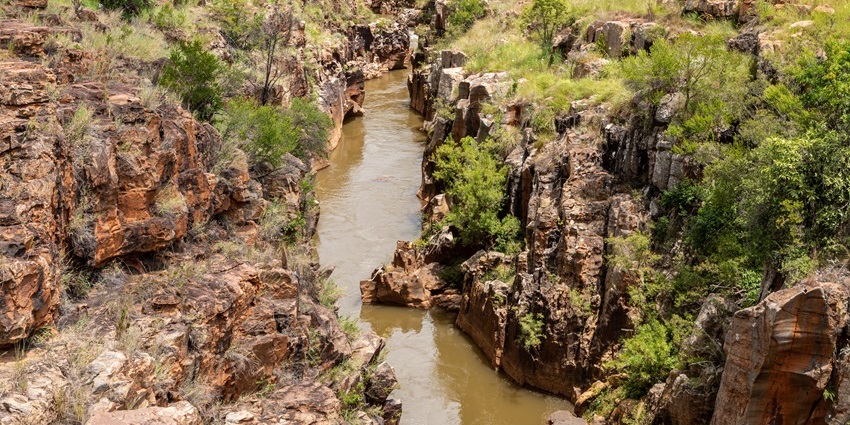
Photo: Dietmar Rabich / Wikimedia Commons
This stunning natural wonder is one of the largest canyons in the world and offers breathtaking views of the Drakensberg Mountains. The reserve features numerous viewpoints, including the famous Three Rondavels and God’s Window, offering panoramic vistas of the canyon and surrounding landscape. Visitors can enjoy hiking trails, boat trips on Blyde Dam, and spotting diverse wildlife including hippos and crocodiles. The reserve also offers various adventure activities such as white-water rafting and mountain biking.
Entry Fee: R 60 / ₹ 293.08
Timings: 6 AM – 6 PM
2. Sudwala Caves
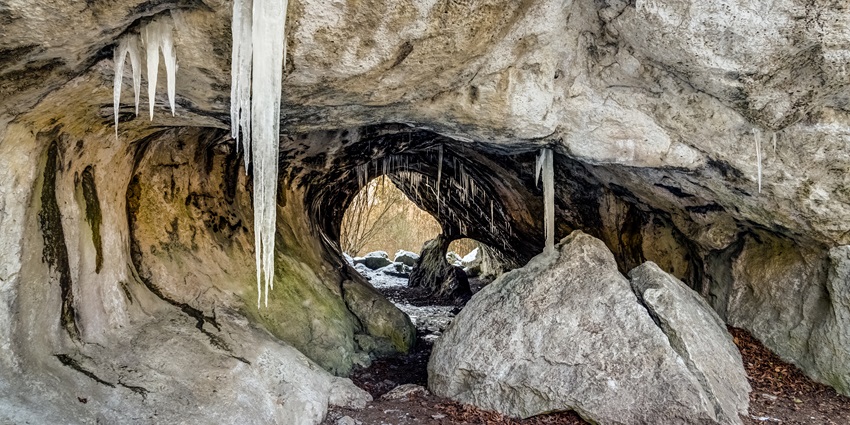
Photo: Ermell / Wikimedia Commons / Image For Representation Only
These ancient caves, dating back 240 million years, are among the oldest known caves in the world. Visitors can take guided tours through the illuminated caverns to see impressive formations of stalactites and stalagmites. The caves maintain a constant temperature of 17°C year-round and feature interesting historical exhibits. The Crystal Tour, offered monthly, takes adventurous visitors deeper into the cave system to see sparkling crystals.
Entry Fee: R 100 / ₹ 488.46
Timings: 9 AM – 4 PM
3. Elephant Whispers Sanctuary
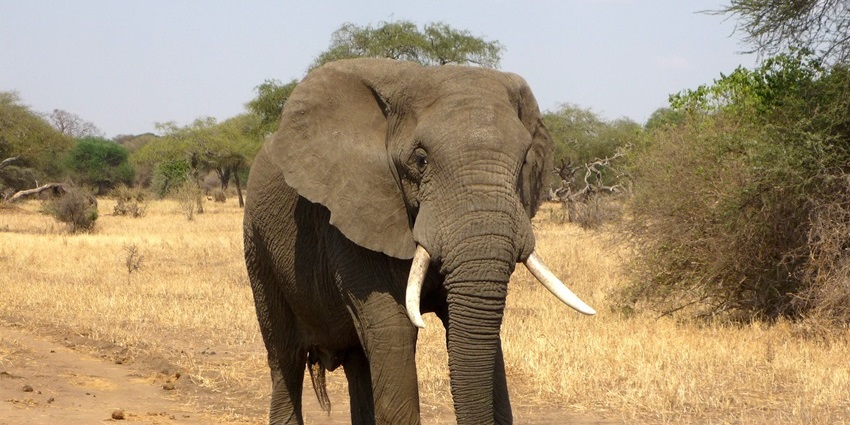
Photo: ajoheyho / Pixabay / Image For Representation Only
Located in Hazyview, this ethical elephant sanctuary offers intimate encounters with rescued elephants. Visitors can learn about elephant behaviour, interact with these magnificent creatures, and even participate in feeding sessions. The sanctuary focuses on education and conservation, providing insights into elephant preservation efforts. Various programs are available, from short visits to half-day experiences.
Entry Fee: R 795 / ₹ 3,778.04
Timings: 8 AM – 4 PM
4. Shangana Cultural Village
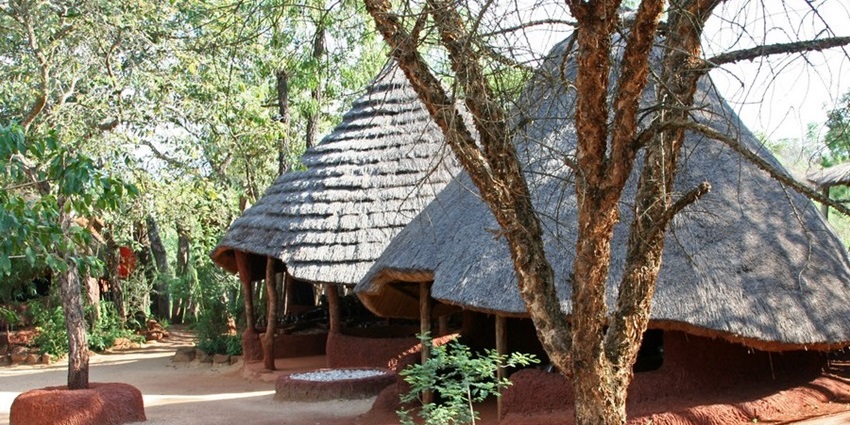
Photo: Frans-Banja Mulder / Wikimedia Commons
Experience authentic African culture at this traditional village, where visitors can learn about Shangaan customs and traditions. The village offers guided tours, traditional dancing performances, and craft markets. Evening visits include a memorable feast of local cuisine under the stars. Visitors can interact with local craftspeople and purchase authentic African artefacts.
Entry Fee: R 450 / ₹ 2,123.04
Timings: 9 AM – 5 PM
5. Moholoholo Wildlife Rehabilitation Centre

Photo: Regina Hart / Wikimedia Commons
This renowned centre provides care for injured and abandoned wildlife. Visitors can see various species including lions, leopards, and birds of prey, while learning about conservation efforts. The centre offers educational tours and close encounters with some of the rehabilitated animals. Their work in wildlife conservation and research makes it a meaningful visit for nature enthusiasts. The place promises fun and an exciting experience.
Entry Fee: R 250 / ₹ 1,179.45
Timings: 9:30 AM – 3 PM
Where To Stay

Photo: peterweideman / Pixabay / Image For Representation Only
The luxurious Sabi Sabi Private Game Reserve provides an ultra-premium experience with its Earth Lodge and Bush Lodge properties, featuring private plunge pools and gourmet dining. The iconic Royal Malewane offers exclusive luxury suites with personal butlers and world-class spa facilities. For mid-range options, Protea Hotel by Marriott Kruger Gate provides comfortable rooms with easy park access. Budget-conscious travelers can choose from various rest camps within the park, such as Skukuza Rest Camp, the park’s largest facility, offering bungalows and guest houses.
Where To Eat
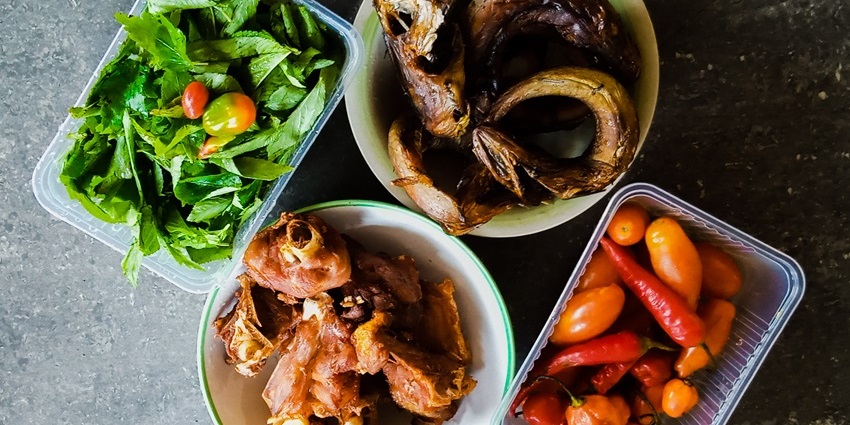
Photo: ArtoftheArtist IAm / Wikimedia Commons / Image For Representation Only
Within the park, Tshokwane Picnic Site is famous for its traditional bush breakfasts and light meals amidst the wilderness. The Cattle Baron at Skukuza Rest Camp offers excellent steaks and game meat dishes. Outside the park, Hazyview’s Kuka Restaurant and Cocktail Lounge serves authentic African cuisine, including traditional potjiekos (slow-cooked stews) and boerewors (South African sausage). Pioneer’s Grill in Nelspruit specialises in local game meats and traditional braai (barbecue).
Best Time To Visit
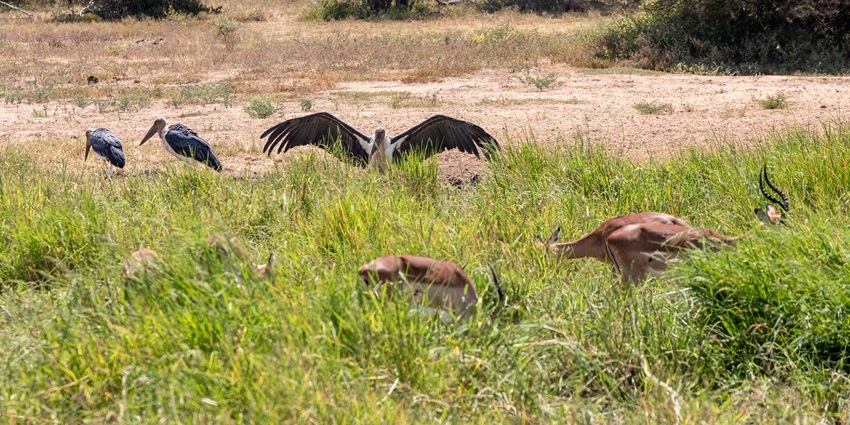
Photo: Dietmar Rabich / Wikimedia Commons
The dry winter season (May to September) is generally considered the best time for game viewing. During these months, vegetation is sparse, making wildlife easier to spot as animals gather around water sources. Temperatures are mild during the day and cool at night, making it comfortable for safari activities. April and September offer excellent middle-ground conditions with moderate temperatures and good wildlife viewing opportunities. The shoulder seasons (April-May and September-October) often provide the best combination of fair weather, reasonable prices, and fewer crowds.
Other Factors To Consider
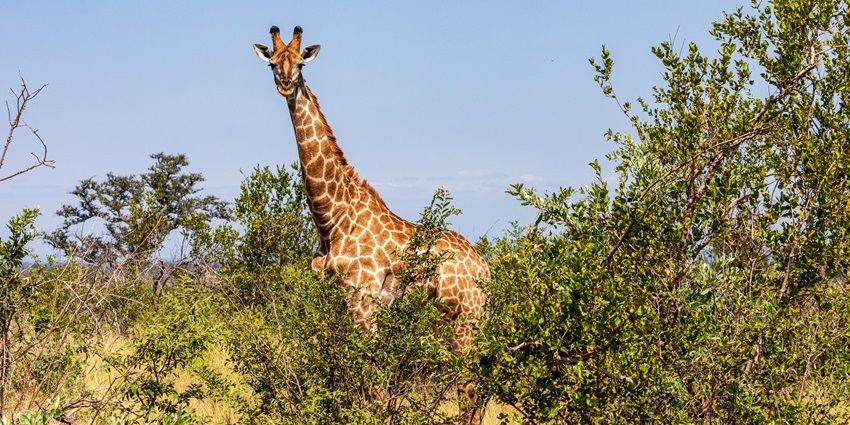
Photo: Dietmar Rabich / Wikimedia Commons
Average Cost The Trip
A 5-day safari trip to Kruger National Park typically costs $200-500 (₹16,984.47- ₹42,461.19) per day, including lodging, meals, and game drives, totaling $1,000-2,500 (₹84,926.50-₹2,12,316.25). Budget options like self-drive safaris and camping can reduce costs to $100-200 (₹8,492.48-₹16,985.50) daily, while luxury lodges can exceed $1,000 (₹84,926.50) per day.
Tips For Travellers
- Bring essential items like binoculars, cameras, insect repellent, and first-aid kit.
- Carry cash as ATM facilities are limited in the area.
- Download offline maps as mobile network can be unreliable
Kruger National Park remains an enduring symbol of wildlife conservation and natural beauty in Africa. The park offers an authentic wilderness experience that leaves an indelible mark on every traveller. Kruger continues to inspire and educate visitors while preserving the raw magnificence of South Africa’s diverse wildlife for future generations. As you plan your next trip to Africa, let TripXL shoulder the burden of bookings and the best deals.
Cover Photo: Dietmar Rabich / Wikimedia Commons


 WhatsApp
WhatsApp
 Twitter
Twitter









